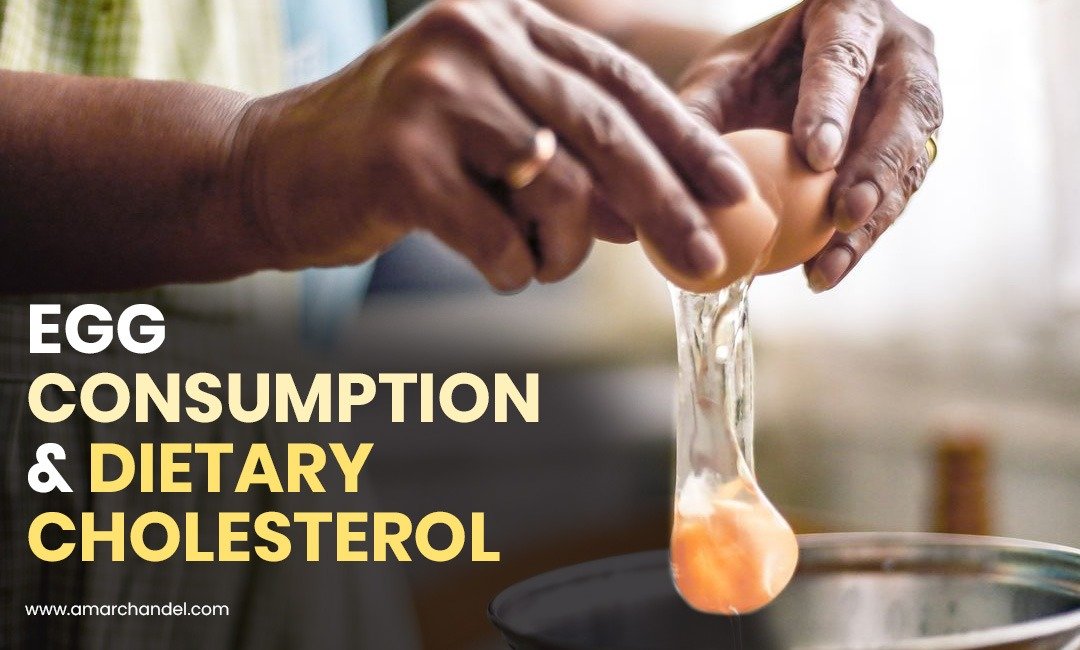LDL size matters less than LDL amount, and dietary saturated fat matters more than egg cholesterol. For Indians navigating rising heart disease risk, smarter dietary choices—not just focussing on particle size—are essential.
LDL cholesterol—commonly termed “bad cholesterol”—is a well-established causal risk factor for atherosclerosis and heart disease. This connection holds regardless of particle size: both large buoyant LDL (“pattern A”) and small dense LDL (“pattern B”) contribute significantly to risk, though small LDL appears somewhat more atherogenic
In India, the rise in dyslipidemias is dramatic. According to ICMR-INDIAB and studies like PURE and INTERHEART, total LDL and non‑HDL cholesterol levels have steadily increased across urban and rural regions, with prevalence ranging up to 50% in some states. Elevated LDL and ApoB/ApoA1 ratios remain strong predictors of coronary artery disease in South Asians.
While some researchers (like Maria Luz Fernandez) have argued that egg consumption modestly raises both LDL and HDL cholesterol, preserving their ratio, more comprehensive evidence suggests otherwise. A 2025 randomised crossover trial in 61 adults showed that introducing eggs (600 mg dietary cholesterol/day) in a low‑saturated-fat diet actually reduced LDL, whereas saturated fat—not cholesterol—was the main driver of LDL changes. Saturated fat intake, not dietary cholesterol, was strongly correlated with LDL levels (β = 0.35, P = 0.002).
However, large-scale cohort analyses provide a broader, long-term perspective. A meta-analysis combining more than 3.6 million participants found that each additional 50 g egg (~1 egg/day) was associated with a ~4% increase in overall CVD risk, though this association was significant in Western cohorts and not in Asian cohorts, which includes India. In Asian populations, moderate egg intake did not increase CVD risk.
Some argue that large, fluffy LDL is less harmful than small, dense LDL. Indeed, studies show small LDL increases heart disease risk by around 63%, while large LDL carries a lower increase (31–44%). But size isn’t everything. Total LDL cholesterol—regardless of particle size—is clearly and causally linked to atherosclerotic cardiovascular disease.
Experts have likened this flawed logic to saying “being stabbed is less risky than being shot.” Large LDL is hardly benign—it still raises risk significantly. Major cardiovascular guidelines and consensus statements confirm that lowering total LDL levels is crucial, with no discount based on particle size.

Should Indian Dietitians Still Recommend Eggs?
Eggs provide valuable nutrients—high-quality protein, choline, lutein, zeaxanthin, and B vitamins. However, the commonly touted antioxidant benefits are overstated: one spoon of spinach contains as much lutein as nine eggs. Moreover, studies from the 1990s already showed that egg consumption increases LDL oxidisability, making LDL more damaging*, not less.
That said, in moderate amounts and within a low‑saturated‑fat Indian diet, eggs may be tolerated by healthy individuals. A 2025 study from Australia found that consuming up to two eggs daily, when saturated fat intake remained low, actually lowered LDL levels. Public health bodies like the American Heart Association now consider up to one egg per day acceptable for healthy adults, especially when eggs accompany a diet rich in whole grains, legumes, fruits, and vegetables.
However, in India—where dyslipidemia, metabolic syndrome, and cardiovascular risk are already high—nutrition guidance should emphasise reducing saturated fats (from ghee, butter, processed meats, and coconut oil) before focusing on eggs. If eggs are consumed, they should be part of a balanced template emphasising plant-based foods and low saturated fat.
In India, where dyslipidemia is rising rapidly and total LDL and non-HDL cholesterol emerge as dominant risk factors for heart disease, particle size differences (large vs small LDL) do not meaningfully change the need to reduce overall LDL cholesterol. Moreover:
• Saturated fat—not dietary cholesterol—is the primary dietary driver of elevated LDL.
• Moderate egg consumption (≤1 egg/day) within a low saturated-fat dietary pattern appears acceptable for most healthy individuals.
• Epidemiological data suggest no strong association between egg intake and CVD risk in Asia, but higher consumption (>1.5 eggs/day) has been associated with modest increases in all-cause and cancer mortality.
• Emphasis in Indian dietary counseling should be on whole foods, low saturated fats, and metabolic risk profiling—not on LDL particle size or egg avoidance per se.
References
• McNamara DJ et al., early egg/cholesterol LDL/HDL ratio studies and concerns over oxidation (1996, 2002).
• Weggemans RM, Zock PL, Katan MB. Meta-analysis: dietary cholesterol increases total/HDL-cholesterol ratio in humans (2001).
• Zhao B et al., updated meta-analysis: eggs and dietary cholesterol associated with higher overall and CVD mortality (2022).
• Carter S et al., randomized crossover trial: dietary cholesterol from eggs lowers LDL when saturated fat is low (2025).
• Virtanen JK et al., scoping review: moderate egg intake not linked with CVD in Asia (2024).
• Sharma S et al., Trends in dyslipidemia across India and associations with rising LDL levels (2024).
• Consensus statements: LDL cholesterol causal role in atherosclerosis regardless of size.
• Recent public media overview on eggs and LDL cholesterol reduction in low saturated-fat diet context.


Give a Reply